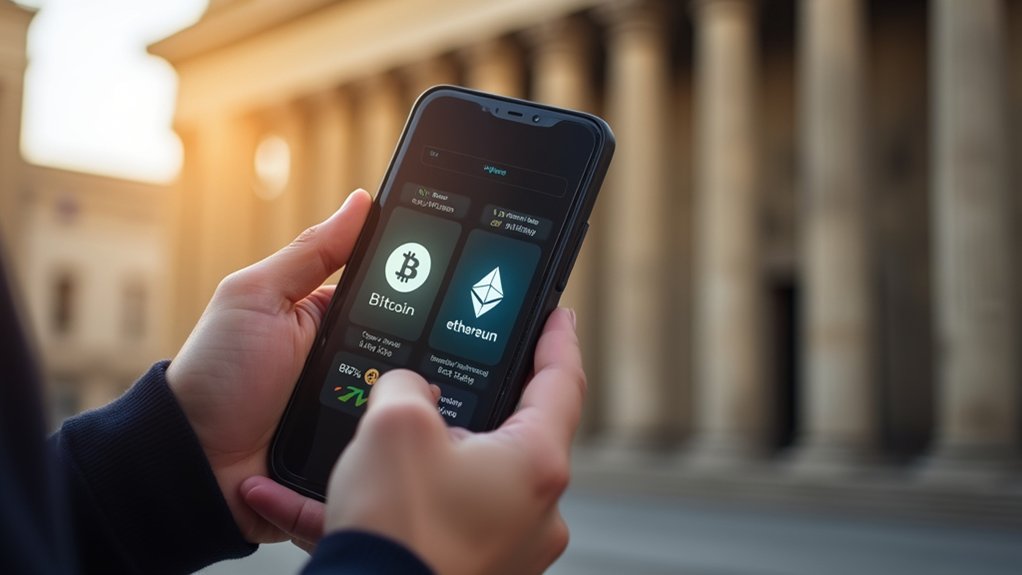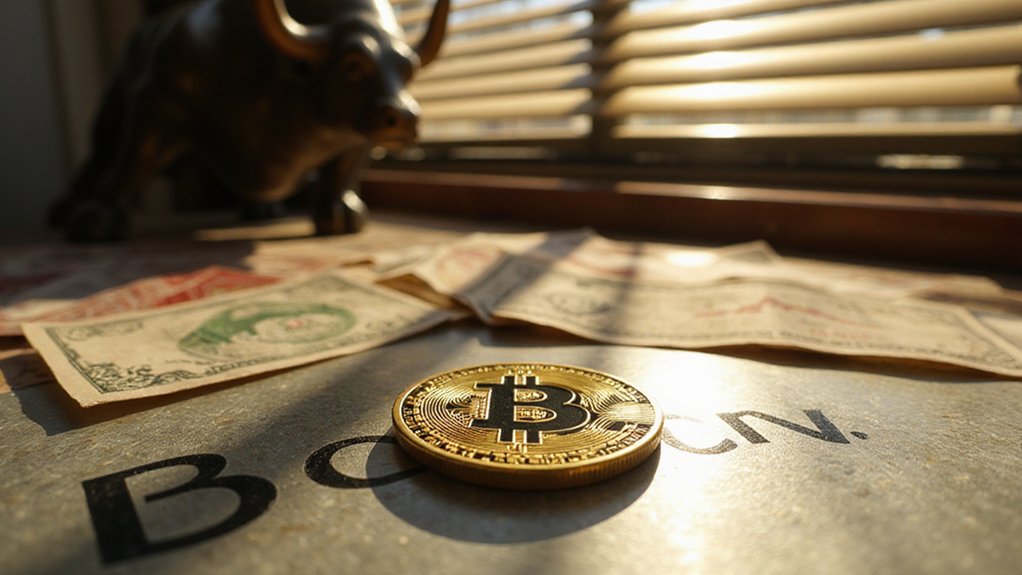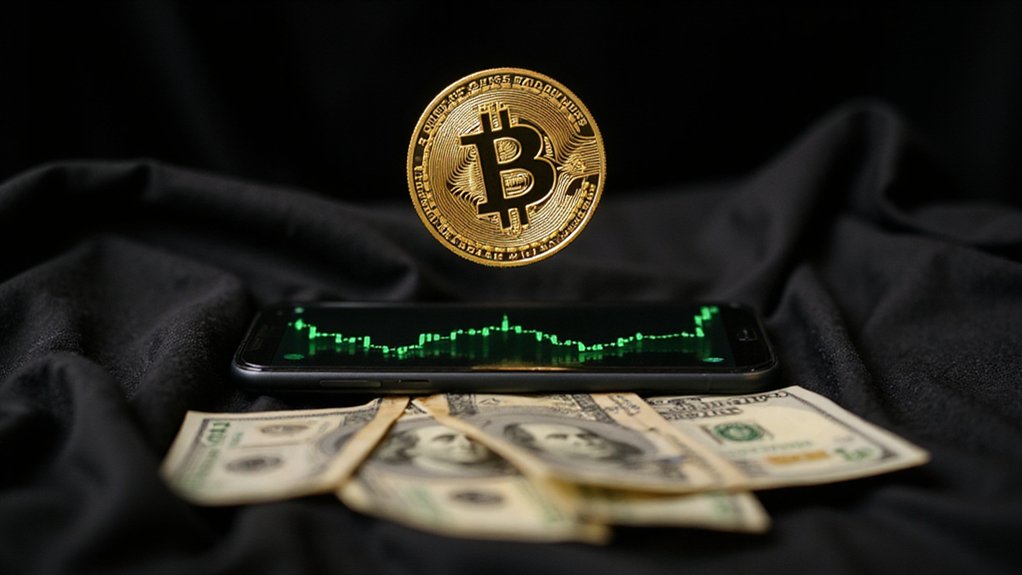While traditional banks continue their leisurely march toward digital transformation—a process apparently measured in geological time rather than quarters—Kraken has launched Krak App, an audacious attempt to leapfrog the entire legacy financial system by merging cryptocurrency infrastructure with everyday money management.
The application positions itself as a thorough financial ecosystem, supporting over 300 fiat and digital assets within a single interface while enabling instant transfers across 110+ countries with near-zero fees. Rather than merely digitizing existing banking processes (a favorite pastime of incumbent institutions), Krak App leverages blockchain technology to eliminate intermediaries entirely, reducing the friction that makes international remittances resemble bureaucratic endurance tests.
Krak App eliminates banking intermediaries through blockchain technology, transforming international transfers from bureaucratic ordeals into seamless digital transactions.
Central to the platform’s appeal is its “Kraktag” system—personalized identifiers that circumvent the arcane ritual of exchanging lengthy account numbers and routing codes. Users can execute peer-to-peer payments across borders as effortlessly as sending a text message, which raises the obvious question: why has this taken so long to develop?
The rewards structure demonstrates particular sophistication, offering 4.1% APR on USDG stablecoin balances and up to 10% on select digital assets—returns that would make traditional savings accounts appear almost philanthropically generous to their institutions rather than customers. These yields operate without subscription fees or lock-in periods, suggesting that financial flexibility need not come with punitive terms.
Krak App’s real-time asset swapping capabilities provide complete cost transparency before transaction execution, a revitalizing departure from the surprise fee archaeology that characterizes conventional banking. The platform’s blockchain foundation enables public settlement verification, transforming financial transactions from opaque institutional processes into transparent, auditable events. This approach mirrors the functionality of decentralized exchanges, which operate as peer-to-peer marketplaces without custodying user funds and provide similar transparency through blockchain-based smart contracts.
Future development plans include physical and virtual debit cards for global merchant acceptance, alongside expansion into lending and credit services. The roadmap suggests potential collateral-based crypto lending, positioning users’ digital holdings as productive financial assets rather than speculative tokens gathering digital dust.









